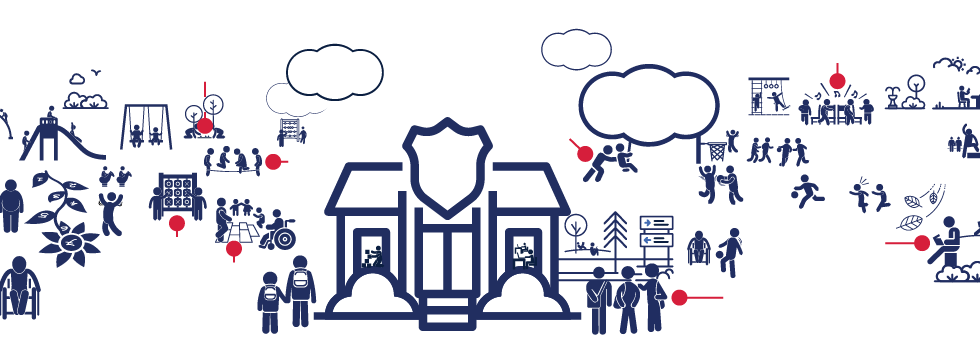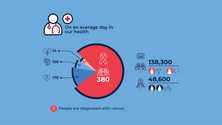MAKING CONNECTIONS
DELIVERING
RESULTS
Clarity through design. Confidence through communication.

MY APPROACH
01.
Content-centred
02.
Data-driven visuals
03.
User-centred
04.
Educational
theory-based
MY PROCESS

Case study + Redesign examples
This section demonstrates my content-led design process through one in-depth case study and three rapid redesigns.
The first example (CBP) reflects a full end-to-end redesign process — from problem identification and research through to implementation and accessibility compliance.
The following three examples are based on design briefs without existing visuals. I led the research, interpretation, and execution of each concept to meet stakeholder goals and ensure clarity, usability, and alignment with accessibility and branding standards.
01. NSW Education Wallet (EW) program – Learner Passport
Role: Content Officer
Scope: Led visual design and supported content development across three cross-functional teams in a new and evolving program. Deliverables included benefit maps, credential infographics, and communications assets supporting the rollout of the Learner Passport and its components (Credentials, Portfolio, Profile).
Focus: Content-oriented design — organising and prioritising complex information to ensure clarity, relevance, and engagement. These works demonstrate how design can elevate understanding and support adoption.
02. HSC PL bites series, Web Graphics and
e-learning Visuals
Role: Senior Learning Designer
Scope: Designed infographic resources and web graphics for high-impact professional learning courses and communications projects. This includes the HSC PL Bites (Series 1–3), homepage banners, program logos, and data-driven visuals to support statewide initiatives. All assets were developed in alignment with NSW Government branding and WCAG 2.2 AA accessibility standards, ensuring clarity, inclusiveness, and consistent visual language across platforms.
In addition: For other PL courses such as Learning Ecosystems, Writing in Secondary (WiS), and High Impact Professional Learning (HIPL), I took on a dual role as both learning designer and graphic creator. I developed comprehensive eLearning storyboards, prototypes, and interactive learning activities to enhance engagement. All supporting graphics were custom-designed to ensure instructional clarity, accessibility, and seamless alignment between content and visual delivery.
Focus: Content-oriented design — translating complex educational material into structured, accessible, and visually meaningful resources that improve learner understanding and support adoption across schools.
03. Curriculum Reform PL graphics
Role: Digital Media Designer
Scope: This section showcases a variety of formats, demonstrating my expertise in creating graphics that visually communicate and simplify complex concepts.
Focus: Content-oriented design — interpreting complex educational material into clear, structured, and accessible visuals that support deep learner understanding.
DIGITAL STORYTELLING
This section showcases my work in motion design and script-based storytelling for internal communications and student-facing content. These videos combine accessibility, narrative structure, and purposeful visual sequencing to enhance understanding and engagement.
01. HSC & Evaluation Team – Explainer Video
Role: Senior Learning Designer
Scope: Developed concept, visuals, and animation for an internal explainer illustrating collaboration between the HSC and Evaluation teams.
Focus: Professional storytelling with clear logic, stakeholder review, and alignment to internal comms strategy.
02. Learner Passport
Role: Content Officer
Scope: Scripted, designed, and animated a short video to help young learners understand how to build and share their Learner Passport.
Focus: Translating abstract concepts (evidence, reflection, self-presentation) into clear, age-appropriate visual language.
“Your Learner Passport is like a museum of your skills, experience, and knowledge… You need to tell the story behind it.









































